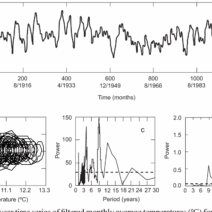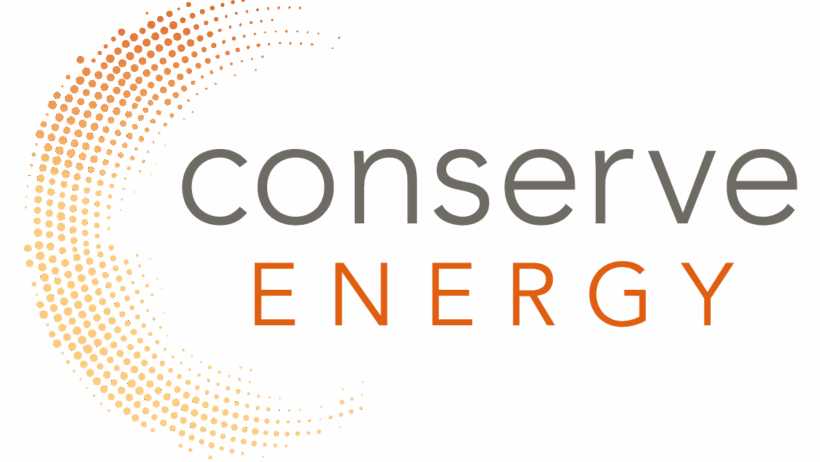When it comes to running, whether for endurance or recovery, many athletes overlook an essential element: energy conservation. Have you ever considered how much energy you expend during a run and how you can effectively conserve it? This topic poses an interesting challenge, as balancing performance with conservation can significantly impact your running experience. Let’s explore optimal strategies for conserving energy while maximizing your running potential.
To begin with, understanding the physiological components of energy expenditure during running is crucial. The human body operates on a limited energy supply, predominantly relying on glycogen stores and fat reserves. Consequently, efficient energy conservation means optimizing these reserves. Before diving into practical ways to conserve energy, it is essential to comprehend your individual energy needs, which vary based on distance, pace, body composition, and overall fitness level.
One of the most effective methods for conserving energy lies in adopting proper running form and technique. Ensuring that your posture is upright yet relaxed can prevent unnecessary strain on your muscles. Focus on maintaining a straight back and a slight forward lean, which allows gravity to assist your forward motion naturally. Additionally, arms should be kept at a 90-degree angle, moving rhythmically alongside your body to enhance running efficiency. The pace, too, plays a pivotal role; running at an optimal pace, one that feels sustainable rather than strenuous, can immensely alleviate energy expenditure during longer runs.
To delve deeper into the intricacies of running efficiency, let’s consider cadence. The number of steps you take per minute, referred to as cadence, can influence how efficiently you run. Higher cadences, usually around 170 to 180 steps per minute for most runners, are associated with lower energy expenditure. Emphasizing a quicker turnover not only conserves energy but also reduces the impact forces on your joints, mitigating the risk of injury during training and races.
Moreover, footwear selection profoundly impacts energy conservation. The right running shoes enhance comfort and minimize fatigue. Firstly, examine the weight of your shoes; lighter models often facilitate a more efficient running economy. Additionally, the fit and structure should cater to your foot type and running style. Most importantly, shoes should be well-cushioned to absorb shock and reduce energy loss at every foot strike.
As you run, be cognizant of your hydration and nutrition strategies. Dehydration can diminish performance significantly. To conserve energy, consume water or electrolyte drinks before, during, and after your runs. Moreover, establishing a proper pre-run meal strategy can set a positive trajectory for your energy levels. Opt for easily digestible carbohydrates to fuel your workout while avoiding heavy, fatty meals that can weigh you down. The challenge lies in finding the perfect balance that works for your body.
When it comes to endurance runs, incorporating intervals can be a game changer. Intervals are brief bursts of speed followed by recovery periods. This technique can enhance your cardiovascular efficiency, enabling you to cover longer distances with less fatigue. This approach encourages the body to learn to utilize energy reserves more judiciously during sustained efforts, ultimately leading to improved endurance and less energy expenditure.
Recovery is another critical aspect that demands attention. Post-run recovery plays an intrinsic role in energy conservation for future workouts. Incorporate active recovery techniques, such as light jogging or brisk walking, immediately following a challenging run. This aids the body in flushing out lactic acid and promoting blood flow, which is essential for muscular recovery. Post-exercise nutrition should not be overlooked; consume a combination of protein and carbohydrates within the first 30 minutes post-workout. This window is optimal for replenishing energy stores and repairing muscle damage, ultimately conserving energy for subsequent runs.
Furthermore, understanding the importance of rest days cannot be overstated. While it may seem counterintuitive to intentionally rest, these periods are vital for energy conservation in the larger context of your training regimen. Consider establishing a structured training schedule that includes dedicated rest days to allow your body ample time to recover and adapt. The result? A more efficient energy system primed for your next challenge.
The environment in which you run can also impact energy conservation. Choose routes that are conducive to your energy levels, be it flat terrain versus hills or shaded paths versus open roads on a hot day. A thoughtful approach to your surroundings will save energy expenditure and improve your overall running experience.
Lastly, consider the psychological aspects of running and energy expenditure. Mental fatigue can often lead to perceived exhaustion. Engage in strategies to cultivate a positive mindset, such as visualization or mindfulness while running. This mental preparation can reduce the subjective feeling of fatigue, allowing you to run more efficiently, conserving both physical and mental energy.
In summary, conserving energy during running is not merely a matter of physical practices; it requires a comprehensive understanding of physiological and psychological factors. Adopting efficient running techniques, mindful nutrition, intervals, and recovery strategies, as well as selecting optimal running environments lead to significant energy conservation. Can you rise to the challenge of analyzing and modifying your running habits to unearth new levels of efficiency? Embrace the journey, and you’ll discover a more harmonious relationship with energy conservation in your running endeavors.








